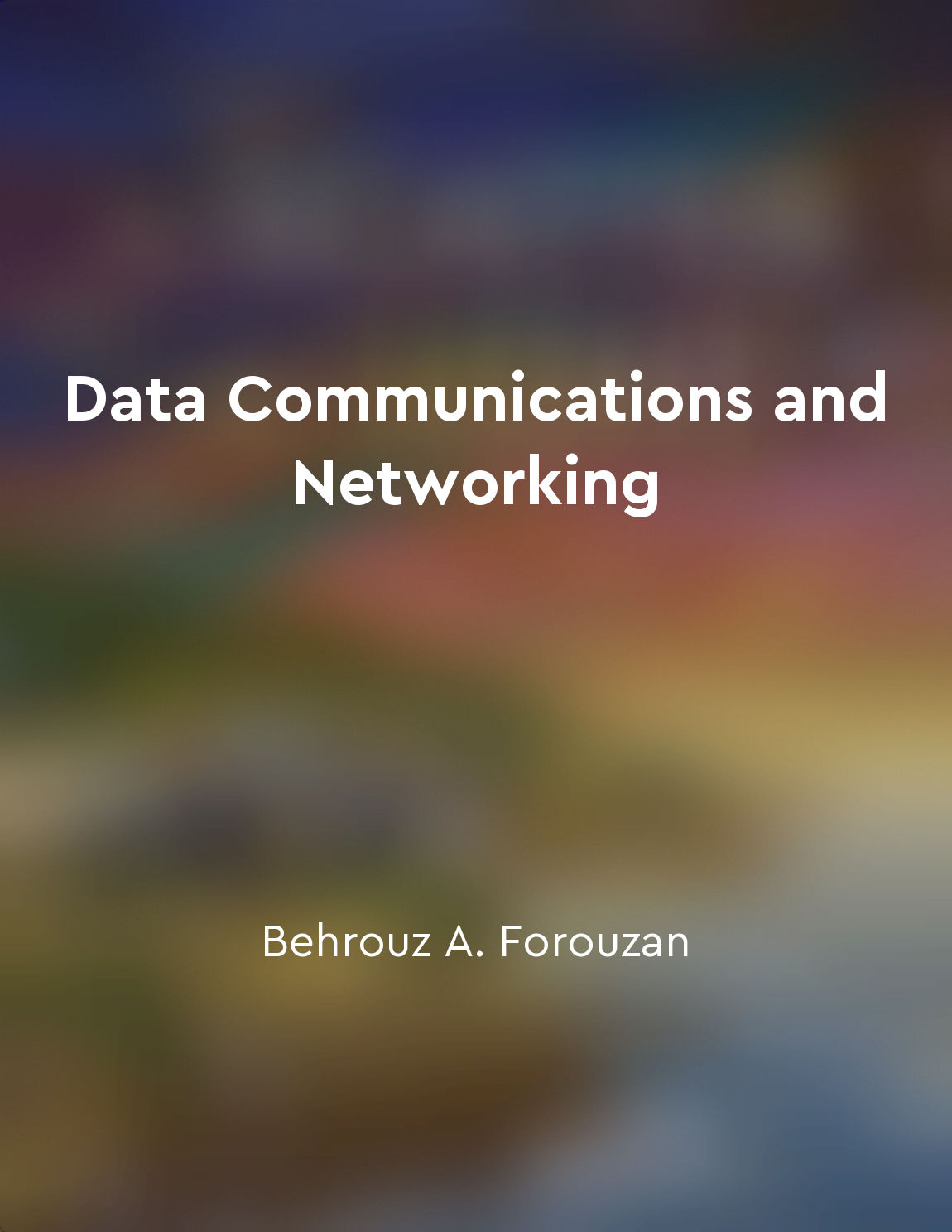Digital data is represented using binary digits from "summary" of Data Communications and Networking by Behrouz A. Forouzan
Digital data, in its most basic form, is a series of 0s and 1s. These are known as binary digits, or bits. The concept of representing data using binary digits is fundamental to the field of data communications and networking. Binary digits allow for the representation of a wide range of information, from text and numbers to images and videos. By using a system of just two digits, complex data can be efficiently stored, transmitted, and manipulated by computers and other digital devices.
One of the key reasons why digital data is represented using binary digits is because of the nature of digital electronics. In digital systems, information is processed using electronic circuits that operate based on the presence or absence of an electrical signal. This type of system is known as a binary system, as it operates using two voltage levels to represent the binary digits 0 and 1. By using this binary system, digital devices can easily encode, store, and process data in a consistent and reliable manner.
Another reason for using binary digits to represent digital data is the simplicity and efficiency of the binary system. Unlike the decimal system, which uses ten digits (0-9) to represent numbers, the binary system only requires two digits (0 and 1). This simplicity makes it easier for digital devices to process and manipulate data, as they only need to work with two states rather than ten. Additionally, the binary system is well-suited for digital electronics, as it aligns with the on/off states of electronic circuits.
Furthermore, representing data using binary digits allows for easy conversion between different types of data. For example, text characters can be converted into binary code using standard encoding schemes such as ASCII or Unicode. Similarly, images and videos can be represented as binary data using formats like JPEG or MPEG. This ability to convert diverse types of data into binary form enables interoperability between different digital devices and systems, making it easier to share and exchange information in a digital world.The concept of representing digital data using binary digits is essential to the field of data communications and networking. By using a system of just two digits, digital devices can efficiently encode, store, and process a wide range of information. The binary system's simplicity, compatibility with digital electronics, and ease of data conversion make it the ideal choice for representing digital data in a digital world.

Open in app
The road to your goals is in your pocket! Download the Oter App to continue reading your Microbooks from anywhere, anytime.


